Thomas Alva Edison
Science: Engineering
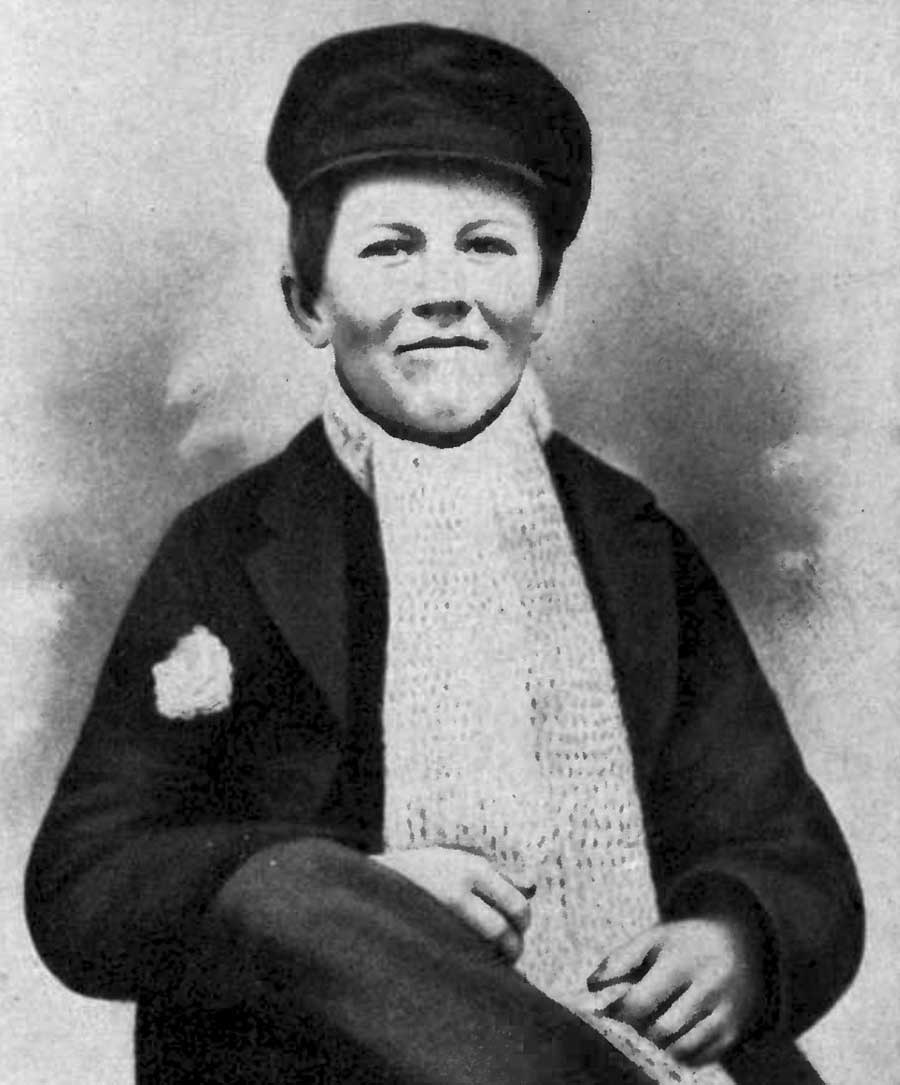
Thomas Alva Edison was born February 11, 1847. When Edison was a child he enjoyed reading. He read many science and chemistry (MP4) books.
Edison sold newspapers and candy when he was twelve years old. He rode a train from town to town to sell them. Edison made a laboratory (MP4) inside one of the train cars. He did different chemistry experiments during the ride from town to town.
Edison said one day a man lifted him onto a train (MP4) by his ears. Edison said after that he could not hear.
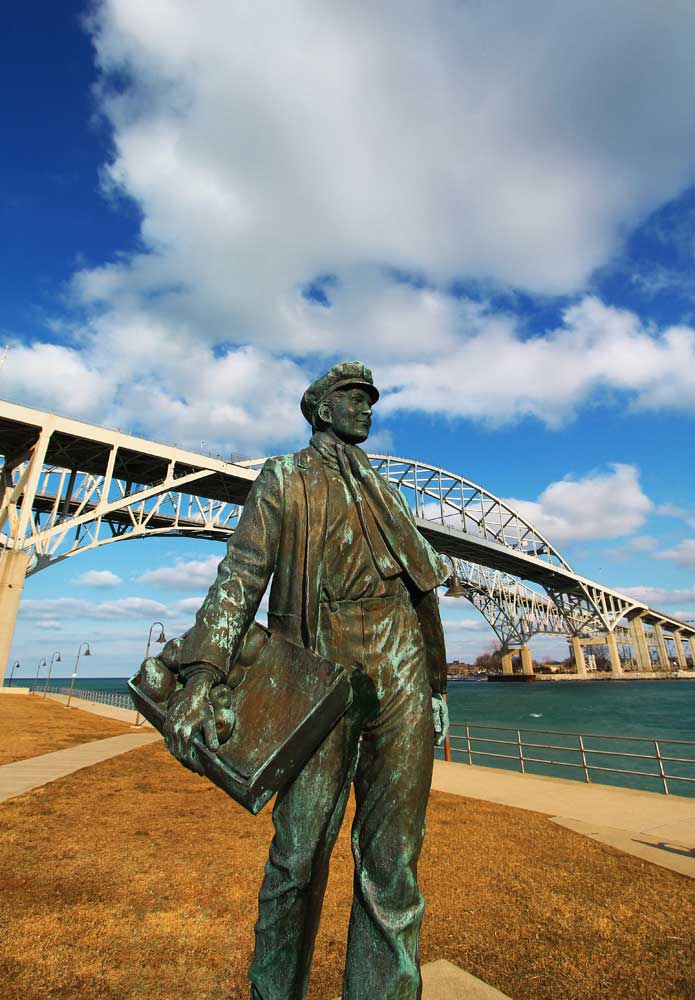
Edison thought his deafness helped him be a better scientist. All communication had to be written so there were no misunderstandings (MP4). He enjoyed not having to listen to other people talk. He enjoyed not hearing the noises of his environment (MP4). He enjoyed being alone. This allowed him to think clearly without distractions (MP4).
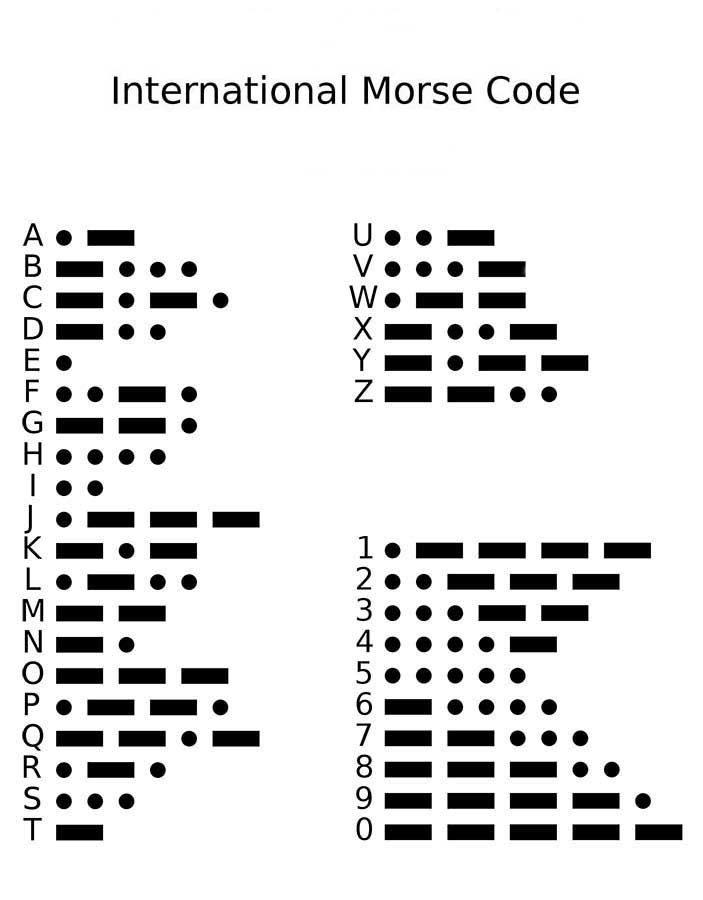
When Edison was fifteen he saved a 3 year old little boy from being hit by a train. The little boy's father taught Edison telegraphy as a reward. As Edison's hearing got worse he used telegraphy (MP4) codes to communicate. He would tap out the codes on the person's body. When he went to see a play at the theater his wife tapped Morse Code (MP4) on his leg. Then he knew what the actors were saying.
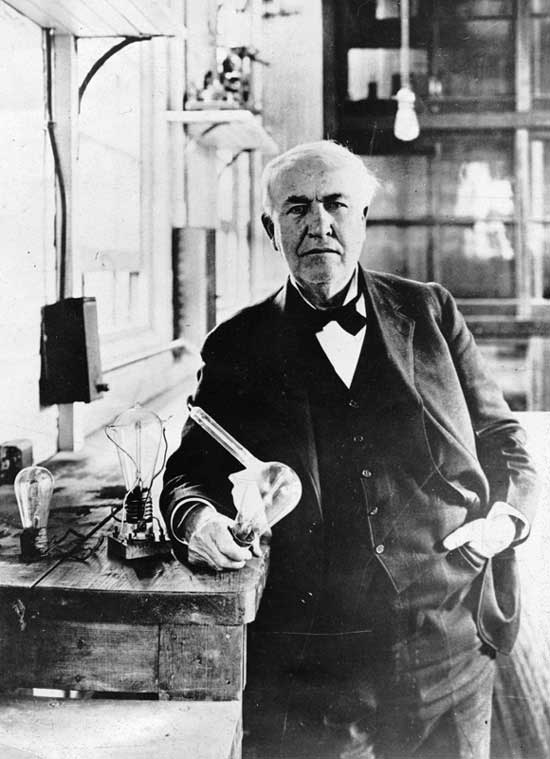
Edison eventually started his own business. He hired people to work on new inventions (MP4). In six years Edison had 120 patents.
He invented the first diode. Everything you plug into an electrical (MP4) outlet has a diode. The diode knows how much power is needed for the object and only allows that much power to go into the object. The rest of the power is sent back to the electrical outlet. This discovery eventually was called the "Edison Effect."
Edison invented these things.
/prod01/twu-cdn-pxl/media/images/deaf-scientist-corner/Edison-Phonograph.jpg) Phonograph
Phonograph
Credit: Norman Bruderhofer https://creativecommons.org/licenses/by-sa/3.0/
/prod01/twu-cdn-pxl/media/images/deaf-scientist-corner/Edison-Carbon-Bulb.jpg) Incandescent Light Bulb
Incandescent Light Bulb
Credit: Terren https://creativecommons.org/licenses/by/2.0/
/prod01/twu-cdn-pxl/media/images/deaf-scientist-corner/automatic-telegraph.jpg)
High-speed Automatic Telegraph
Credit: Science Museum Group https://creativecommons.org/licenses/by-sa/4.0/
/prod01/twu-cdn-pxl/media/images/deaf-scientist-corner/Collection_of_United_States_patents_granted_to_Thomas_A.jpg) Quadruplex Telegraph
Quadruplex Telegraph
Credit: No Restrictions https://www.flickr.com/commons/usage/
Edison's last big invention was the kinetograph (MP4) and the kinetoscope. A kinetoscope is a machine that was used to watch movies. Only one person could watch the movie at a time. A kinetograph was like a movie camera. Edison made the first two thousand movies in his backyard.
/prod01/twu-cdn-pxl/media/images/deaf-scientist-corner/Kinetoscope.jpg) Kinetoscope
Kinetoscope
Credit: Public Domain
/prod01/twu-cdn-pxl/media/images/deaf-scientist-corner/Kinetography.jpg) Kinetograph
Kinetograph
Credit: Public Domain
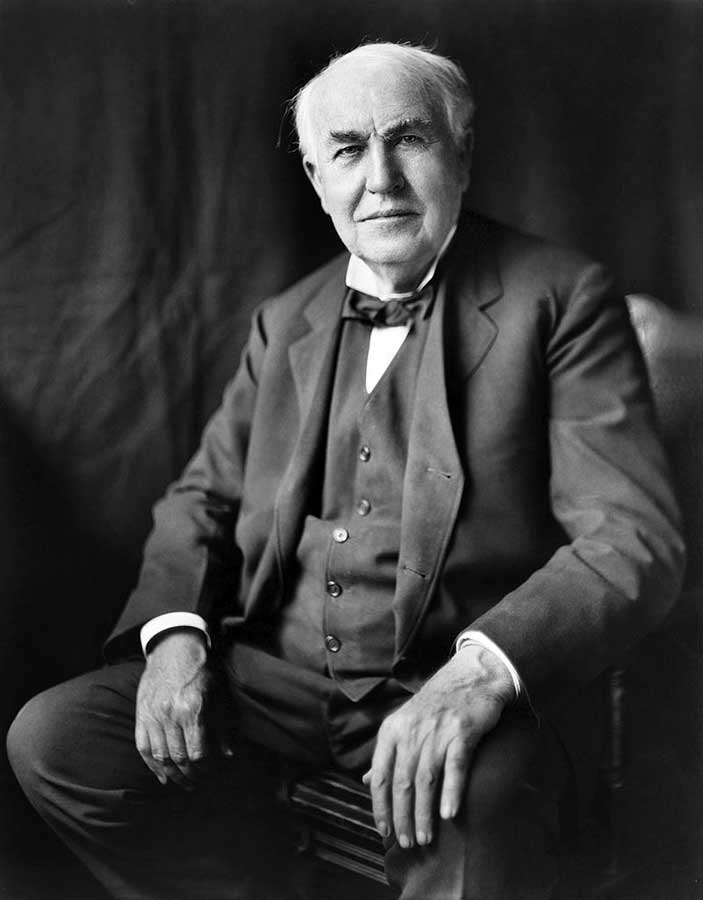
Edison died on October 18, 1931 in New Jersey.
Honors
- National Academy of Sciences
- Congressional Medal of Honor
- Hall of Fame of Great Americans
/prod01/twu-cdn-pxl/media/images/deaf-scientist-corner/Army_Medal_of_Honor.jpg)
Read More about Thomas Alva Edison
PBWorks Wiki - Thomas Alva Edison
References
- Lang, H. G., & Meath-Lang, B. (1995). Thomas Alva Edison. In A Biographical Dictionary: Deaf Persons in the Arts and Sciences (pp.108-112). Westport, CT: Greenwood Press.
- Rutgers University. (2009). The Thomas Edison Papers. Retrieved from http://edison.rutgers.edu/index.htm.
- The Library of Congress. (1999). Inventing Entertainment: The Motion Pictures and Sound Recordings of the Edison Companies. Retrieved from http://lcweb2.loc.gov/ammem/edhtml/edhome.html.
Page last updated 11:35 AM, April 20, 2023